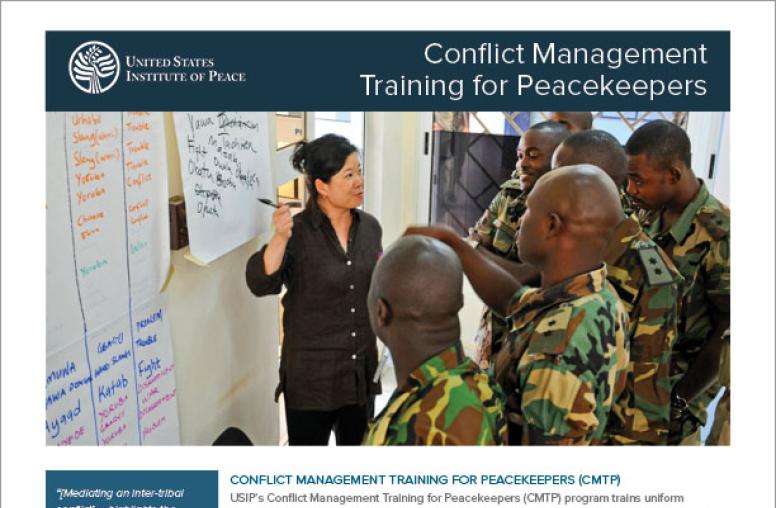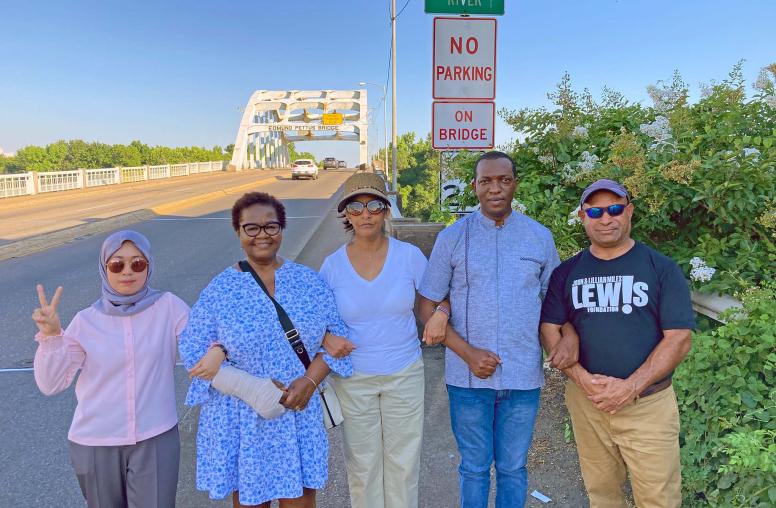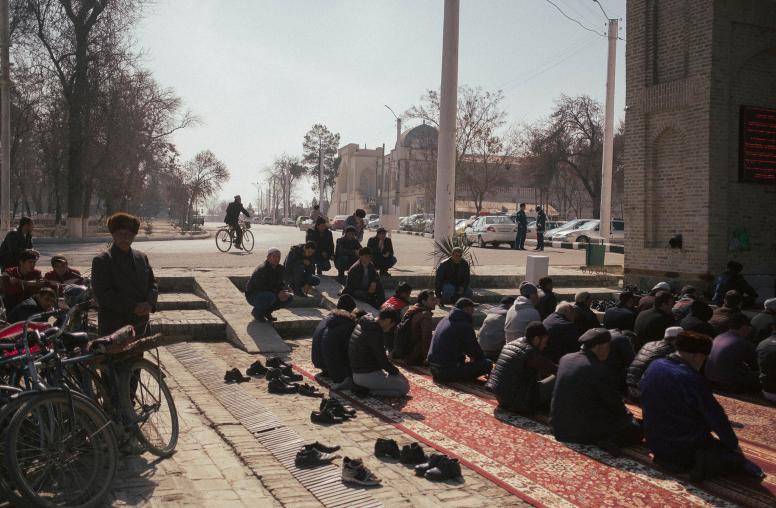Teaching about the Religious Other
The United States Institute of Peace held a two-day workshop titled "Teaching about the Religious 'Other'" on March 3–4, 2005. The sixteen workshop participants were professors experienced in teaching those of one Abrahamic faith about another Abrahamic faith either in U.S. classrooms or abroad. This report summarizes the presentations of the participants, introduces some promising new programs for teaching about the religious other, and offers lessons drawn from the discussion. It was written by David Smock, director of the Institute's Religion and Peacemaking Program.

Summary
- Prejudice and ignorance about the beliefs and practices of the religious "other" often exacerbate conflicts. Religious stereotypes contribute to misunderstanding and foment animosity.
- One antidote to hatred between religious communities is to teach communities about the beliefs and practices of the religious other.
- Some countries, such as Indonesia, recognize that the country's future depends on a celebration of its religious pluralism.
- It is particularly important that teaching about the religious other be introduced in schools, universities, and seminaries in countries where religious conflict is a significant problem.
- In instructing about the religious other, instructors need to act as though they are in the presence of the other and to teach the religion as seen from the perspective of the believer.
- Beyond studying scriptures, religious history, and theology, it is essential that students be exposed to rituals, worship, and music of the other faith. This helps convey how believers of another faith actually live out their faith.
- It is important to foster interreligious dialogue at the academic level, at the grassroots level, and at the level of lived spiritualities.
- Fears that studying about the religious other will undermine the religious convictions of students have generally proven to be unfounded.
- Students are often better at studying other religions than at studying their own, because they usually approach the other faith with fewer preconceptions.
- Some programs, particularly those geared toward younger students of one faith, have found it particularly effective to combine learning about another religion with a shared service project that brings together adherents to both religions.
About the Report
The United States Institute of Peace held a two-day workshop titled "Teaching about the Religious 'Other'" on March 3–4, 2005. The sixteen workshop participants were professors experienced in teaching those of one Abrahamic faith about another Abrahamic faith either in U.S. classrooms or abroad.
The purpose of the workshop was to enable these educators to share their experiences and curricular materials, to plan collaborative projects to improve the quality of such education, and to increase the number of such programs. In a world experiencing violent conflict among the three Abrahamic faith communities, it is vitally important that adherents of one faith learn about the other two faiths. Such educational exposure helps increase tolerance and advance peaceful coexistence.
This report summarizes the presentations of the participants, introduces some promising new programs for teaching about the religious other, and offers lessons drawn from the discussion. It was written by David Smock, director of the Institute's Religion and Peacemaking Program.
The views expressed in this report do not necessarily reflect views of the United States Institute of Peace, which does not advocate specific policy positions.



